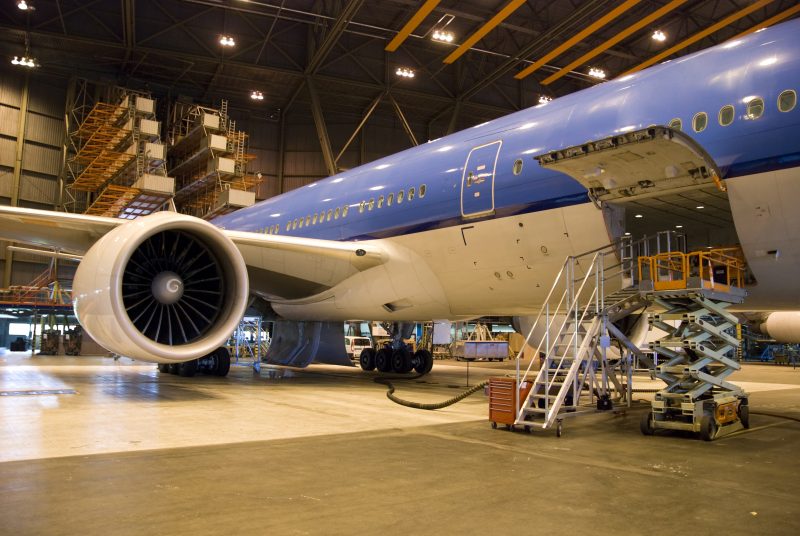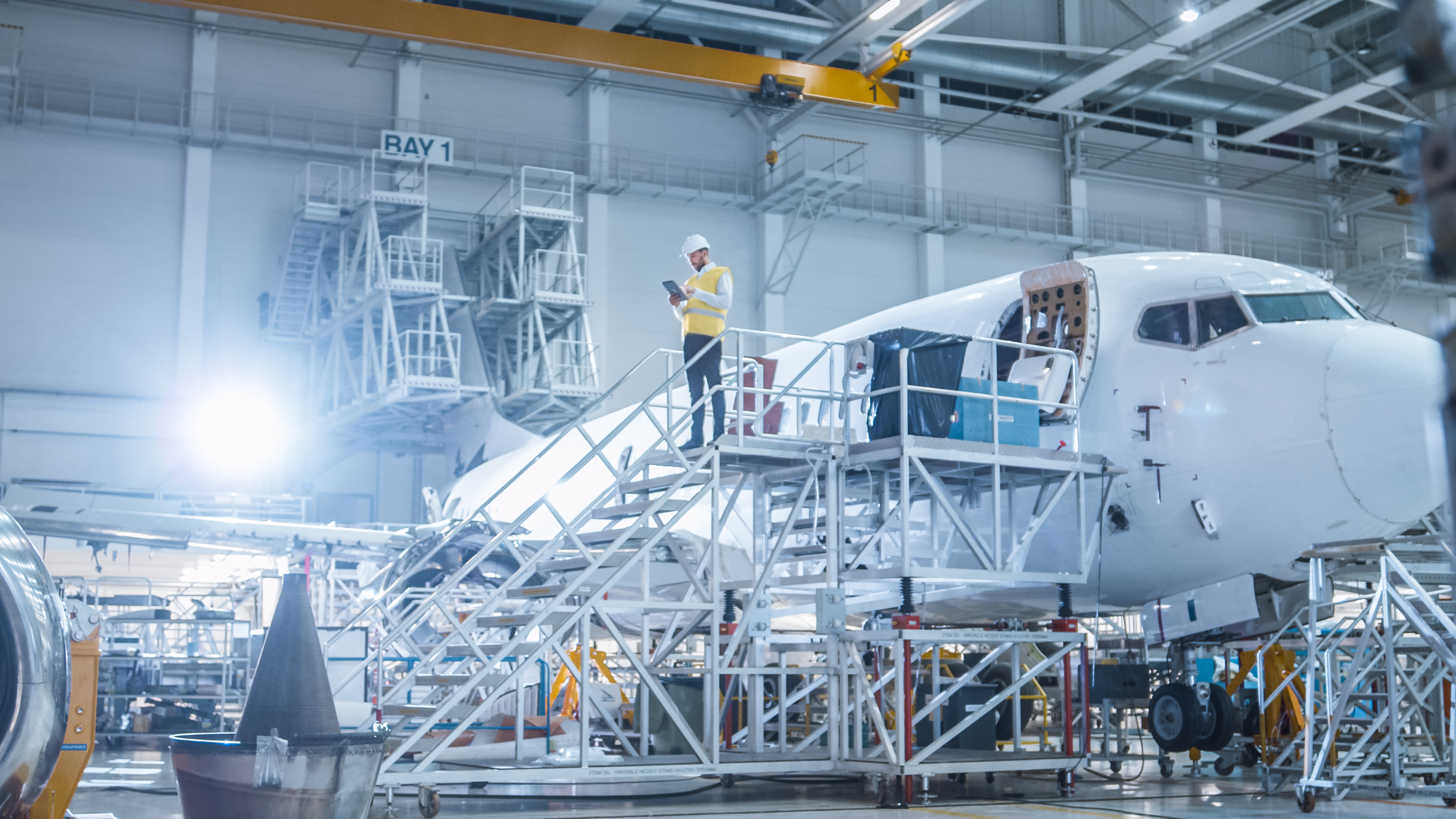CloudVisit’s MRO and Aviation Maintenance Software is beneficial for aircraft line maintenance and base maintenance. Using CloudVisit’s software, inspectors can remotely inspect and approve maintenance, repair and overhaul (MRO), and do not have to travel from site to site. Inspectors are quickly available through high definition videoconference, yet CloudVisit’s Aviation Maintenance Software is more than a videoconferencing application.
Aviation Maintenance Software ensures accuracy and accountability in aviation line and base maintenance through aviation-specific functionalities. Functionalities of our Aviation Maintenance include a customizable multi-purpose checklist, high definition videoconferencing, screen capture and image annotation, recordings, and more.

Line Maintenance
Line maintenance tasks must be performed quickly and accurately, with sufficient record. Aviation Maintenance Software speeds up the already quick process of aircraft line maintenance and maximizes accuracy and aircraft safety.
When performing aircraft line maintenance, the multi-purpose checklist functionality serves as customizable work cards, or an aircraft inspection checklist of tasks which need to be completed during line maintenance. The multi-purpose checklist can keep aircraft technicians focused during fast aircraft A and B checks, during which basic maintenance is performed. Such checks can include minor scheduled maintenance, checking fluid levels, failure rectification, visual inspections, non-destructive testing (NDT), and minor repairs and modifications. CloudVisit’s Aviation Maintenance Software can be used as verification that each step has been completed up to Federal Aviation Administration (FAA) and industry standards.
A record and accountability for specific maintenance work is necessary in aircraft line maintenance. CloudVisit’s Aviation Maintenance Software’s screen recording and screen shot, or screen capture, functionalities enable aircraft technicians to produce records of visual inspections during aircraft line maintenance, maximizing accuracy and accountability. CloudVisit’s software stores paperless aviation maintenance data in the cloud, so it is easily accessible. Data can be organized and labeled the task, the part that was inspected, the technician who performed the work, and more.

Base Maintenance, or Heavy Maintenance
Since aircraft base maintenance, also known as heavy maintenance, can take weeks or months and is more thorough form of aircraft maintenance, organization. Accountability must be maintained over a longer period of time. CloudVisit’s Aviation Maintenance Software includes functionalities that will help organize and record the maintenance, repair and overhaul (MRO) process. All data is stored in the cloud so that it can be securely and easily recovered.
When performing aircraft base maintenance, the multi-purpose checklist serves as a customizable punch list. Using this functionality, inspectors can create a list of tasks which need to be completed. The status of each task can be tracked and updated, and once a step is done the inspector can sign off on the completed task.
Recordings and images can be saved and uploaded to the multi-purpose checklist, to provide more information on a task. Through the collaborative process, images can be edited; cropped; or annotated with notes, and markings such as arrows or circles. This provides a clear visual record of the work that has been done, and the work that needs to be done.
Since aircraft base maintenance takes a longer time to complete, it is necessary to have organized records. CloudVisit’s Aviation Maintenance Software customizable labels ensure that each step taken during aircraft C and D checks is recorded and organized to each aviation maintenance team’s needs. Since aircraft C and D checks are meant to inspect the condition of the airframe, engines, and systems (for airfcraft corrosion and fatigue), the progress on these in-depth checks must be accurately tracked. Using CloudVisit Aviation Maintenance Software, each team can choose to organize their data by labeling the task, the part that was inspected, the date, the technician who performed the work, the inspector who approved the work, and more.

 Language:
Language:






